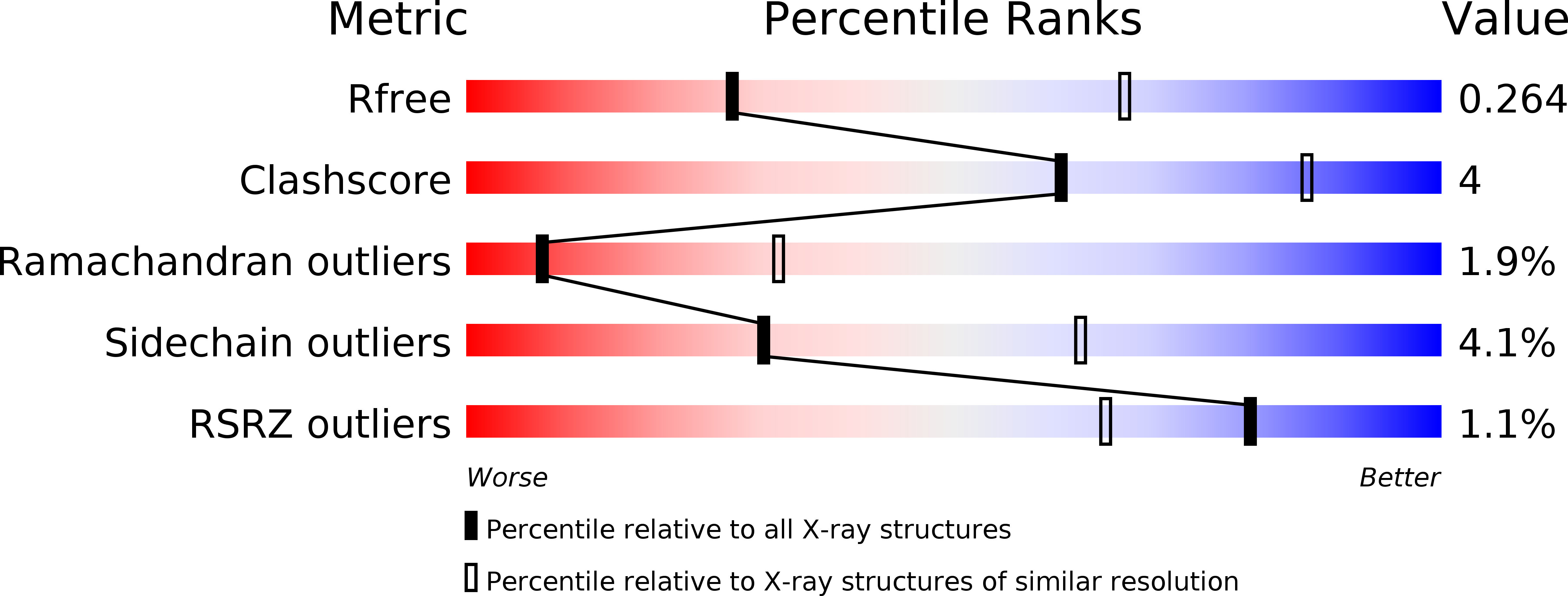
Deposition Date
2016-06-15
Release Date
2017-03-22
Last Version Date
2023-11-08
Method Details:
Experimental Method:
Resolution:
3.11 Å
R-Value Free:
0.26
R-Value Work:
0.22
R-Value Observed:
0.22
Space Group:
C 1 2 1


